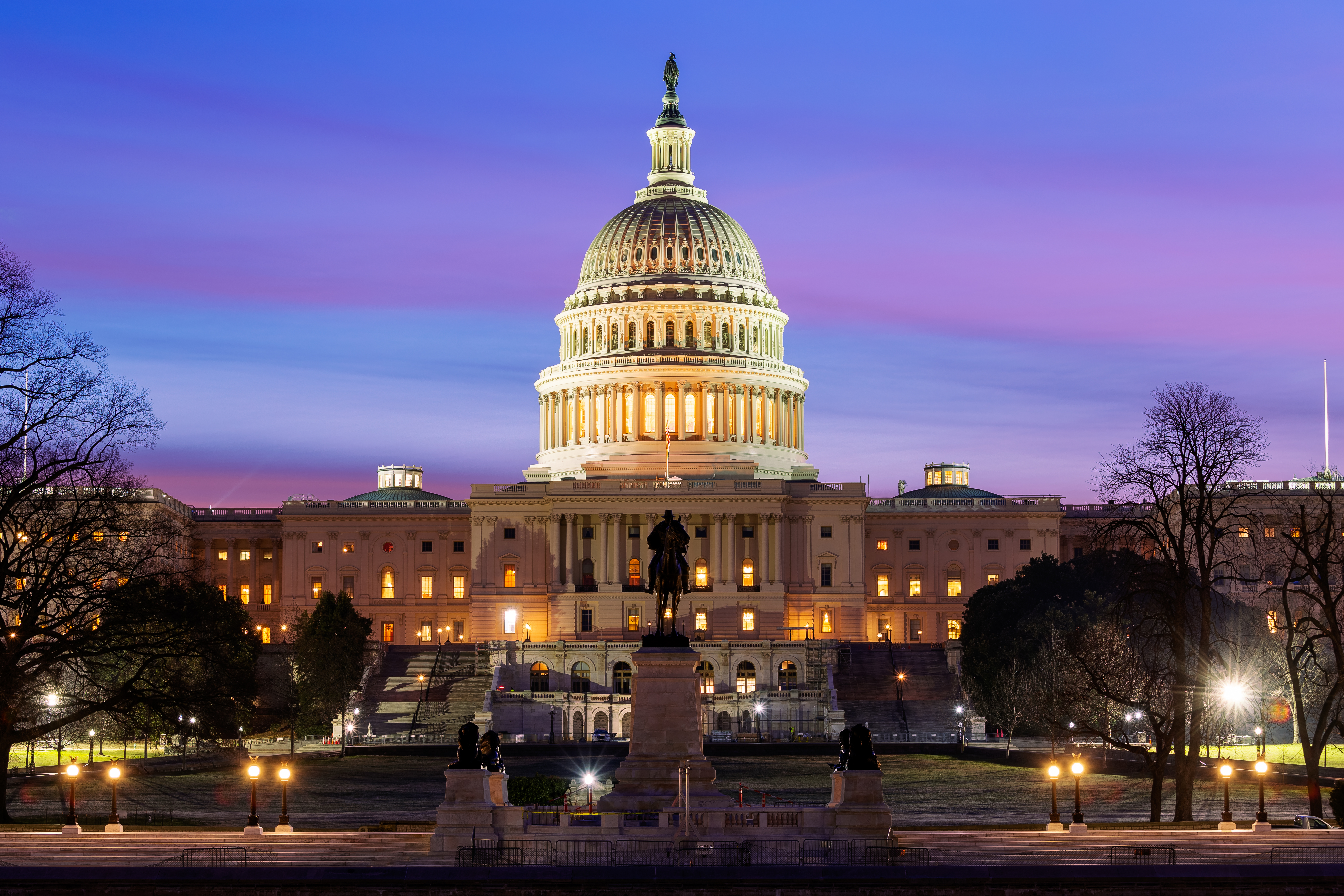Bitcoin rebounds to $50k. What’s next?

Bitcoin mining power is gradually recovering from July lows after China’s crypto crackdown. [Bloomberg via Getty Images]
HODLers rejoice! BTC broke the $50,000 mark on Sunday for the first time since May. In this week’s Bytes we’re digging into the forces behind BTC’s latest rally, from Wall Street’s new moves to mining’s big U.S. push. Plus: crypto in Afghanistan, Solana’s record week, and why Visa aped into (or “bought,” in NFT-speak) a CryptoPunk. Let’s get to it.
Bitcoin��’s return to $50,000
Crypto use in Afghanistan
The rise of Solana
Bit by Bit
Bitcoin revisits $50K. What’s behind the rebound?
On Sunday, Bitcoin reached $50,000 for the first time since May, a roughly 70% gain from July lows near $30,000. Now, as the broader market (propelled by a historically broad array of crypto) hovers above $2 trillion, is BTC poised for a return to all-time highs? To understand where things might be going next, let’s take a look at the bigger picture.
Global crypto adoption has risen 881% in the past 12 months according to Chainalysis, which attributes surging interest to BTC’s and ETH‘s recent renewed growth.
A slew of optimistic reports around crypto payments have emerged: Walmart, Amazon, and Apple all listed crypto jobs, an increasing number of athletes are choosing to get paid in BTC, and America’s second-largest mortgage lender announced it would soon accept BTC.
Bitcoin mining power has recovered 40% from July lows following China’s ban, though total hashrate remains well off May highs. While some miners saw a temporary revenue boost from decreased competition, others have relocated to cheap-energy regions ranging from Kazakhstan to Texas — with over a dozen firms in North America racing to restore some of the six gigawatt capacity that went offline in China.
Blackrock, the world’s largest asset manager, has made significant bets on the mining industry. The firm, which oversees $9 trillion in assets, took roughly 6% stakes in public mining companies Marathon Digital Holdings and Riot Blockchain. Fidelity made similar investments in both companies in July.
Institutional money is flowing into BTC trusts, showing Wall Street’s growing interest in gaining crypto exposure. Last week, J.P. Morgan and Wells Fargo registered Bitcoin trusts, while new institutional money has been flowing into the $31.7 billion Grayscale Bitcoin Trust.
El Salvador’s Bitcoin law, which makes the crypto legal tender, takes effect on September 7. President Nayib Bukele tweeted about the official crypto wallet, Chivo (slang for “cool”), and the widespread rollout of Bitcoin ATMs — both of which will allow citizens to quickly convert BTC and dollars without commissions. Residents who download the wallet will receive $30 of BTC to get started.
Why it matters… While a series of negative headlines — from regulatory uncertainty to Elon’s market-moving tweets — sparked fears of another “crypto winter” after record-breaking gains this year, Bitcoin and the broader market have proved surprisingly adaptable. What’s different this time? Bigger and less reactive institutional players may be reducing volatility. At the same time, crypto’s global adoption, especially in developing economies, is growing fast. As Decrypt notes, Bitcoin’s price has become “increasingly resilient to the news cycle” — and in a truly global market, perhaps no one narrative dictates prices.
Crypto in Kabul
Why Afghanistan is rapidly adopting cryptocurrency
Afghanistan is preparing for an uncertain future as the U.S. and its allies scramble to evacuate the Taliban-controlled country by August 31. Amid a cash shortage, a rapidly devaluing currency, and dramatically rising prices of basic goods, crypto is helping some citizens protect whatever wealth they have left, facilitating the distribution of humanitarian aid to refugees, and providing some hope for those remaining in the country.
Afghanistan now ranks among the top 20 countries for global crypto adoption. A report from Chainalysis released last week listed the country 20th in its weighted index, which was based on three metrics: Total crypto activity, trading activity of non-professional users, and peer-to-peer exchange trade volume. In last year’s report, Afghanistan’s crypto activity didn’t even crack the top 150.
Crypto has helped donations flow to refugees. With tens of thousands of Afghans seeking to flee the Taliban regime, nonprofits have been raising funds in crypto to relocate families and to provide emergency aid to those who have been displaced. In one example, a series of NFTs released by consulting firm founder Jack Butcher has raised more than $135,000, with the proceeds going directly to the humanitarian organization CARE.
Some Afghans see Bitcoin as crucial to their future there. Farhan Hotak, a 22-year-old living in the rural region of Zabul parked some of his money in crypto to protect it from economic instability. Bitcoin advocate Janey Gak wants the country to adopt a Bitcoin standard to reduce its reliance on central banking. She’s paying Afghans in donated BTC to translate crypto-related educational materials into Dari, one of the country’s official languages, and hopes to open her own bitcoin exchange in Kabul.
Why it matters… The burgeoning cryptoeconomy in Afghanistan has given some citizens a degree of protection from volatility in the country’s fiat currency, highlighting Bitcoin’s utility as a store of value and crypto’s usefulness for cross-border transactions. With most Afghans under age 25 and in possession of a cell phone, grassroots crypto adoption could accelerate as more tech savvy citizens learn about the potential of digital currencies.
SOL Cycle
How Degenerate Apes helped drive Solana to a $20 billion market cap
You might have noticed that prices for SOL — the cryptocurrency that powers the smart-contract-compatible Ethereum competitor Solana — have climbed from around $30 at the beginning of the month to around $75 on Monday. What’s behind the spike? Let’s take a look.
Solana was boosted by the very on-trend release of a primate-themed NFT series. When Degenerate Ape Academy (the first major NFT project to launch on the blockchain) came out on August 16, SOL prices climbed more than 30%.
Solana is generally seen as a competitor to Ethereum, in that it’s designed to be a flexible platform for running crypto apps: everything from Degenerate Apes to the Serum decentralized exchange.
Its major innovation is speed. Solana can process around 50,000 transactions per second via a bundle of new technologies including a consensus mechanism called proof of history. To compare, Ethereum can handle 20 or less per second. (The ETH2 upgrade, which is currently underway, is designed to make Ethereum much faster than it is now.)
Remember there can be extra risks that come with emerging crypto applications and technologies, from significant volatility to the potential for undiscovered smart-contract bugs to be exploited.
Why it matters… Because Solana is so fast, congestion and fees are extremely low. Developers hope high speeds and low fees will eventually enable Solana to scale to compete with centralized payment processors like Visa. Recent buzz has driven SOL’s market cap above $20 billion — making it bigger (for the moment, at least!) than all but ten or so cryptocurrencies.
Takes
Pet rock NFT sells for $1.3M, Visa buys CryptoPunk
Moon rock... $1.3 million for an un-pettable pet rock may seem steep, but it’s the going rate for one of 100 virtual pet rocks released by NFT project EtherRocks. The price floor — the rock bottom — was just over $1 million as of Monday. “The ownership of something so utterly useless is a quintessential example of a flex,” one avid collector told Decrypt.
(Wall) Street cred… The new face of Visa is CryptoPunk #7610. The payments processor bought their digital avatar for $150,000 to gain a firsthand understanding of the booming world of NFTs. “We also wanted to signal our support for the creators, collectors, and artists driving the future of NFT-commerce,” said Visa’s head of crypto. “This is just the beginning of our work in this space.”
Poll new world… Consulting giant Deloitte released its 2021 Global Blockchain Survey Report, which reports that 76% of executives globally think digital assets will be a “strong alternative to or replacement for” fiat in the next five to 10 years.
The Fed sez… The Federal Reserve plans to meet virtually for its annual economic policy conference this week, where a major topic is likely to be the potential tapering of the COVID-era “easy money” policy. According to minutes from a recent meeting, positive jobs reports have “most” of the committee’s 18 members favoring announcing a taper before the end of the year. But few expect major shifts — such as an interest-rate hike — from the conference. “We’re not expecting a big policy reveal,” said Mark Cabana, head of U.S. short strategy at Bank of America.
TOKEN TRIVIA
What is the name of Cardano’s next upgrade?
A
Gibson
B
Alonzo
C
Jeff
D
Lightning
Find the answer below.
Trivia Answer
B
Alonzo











